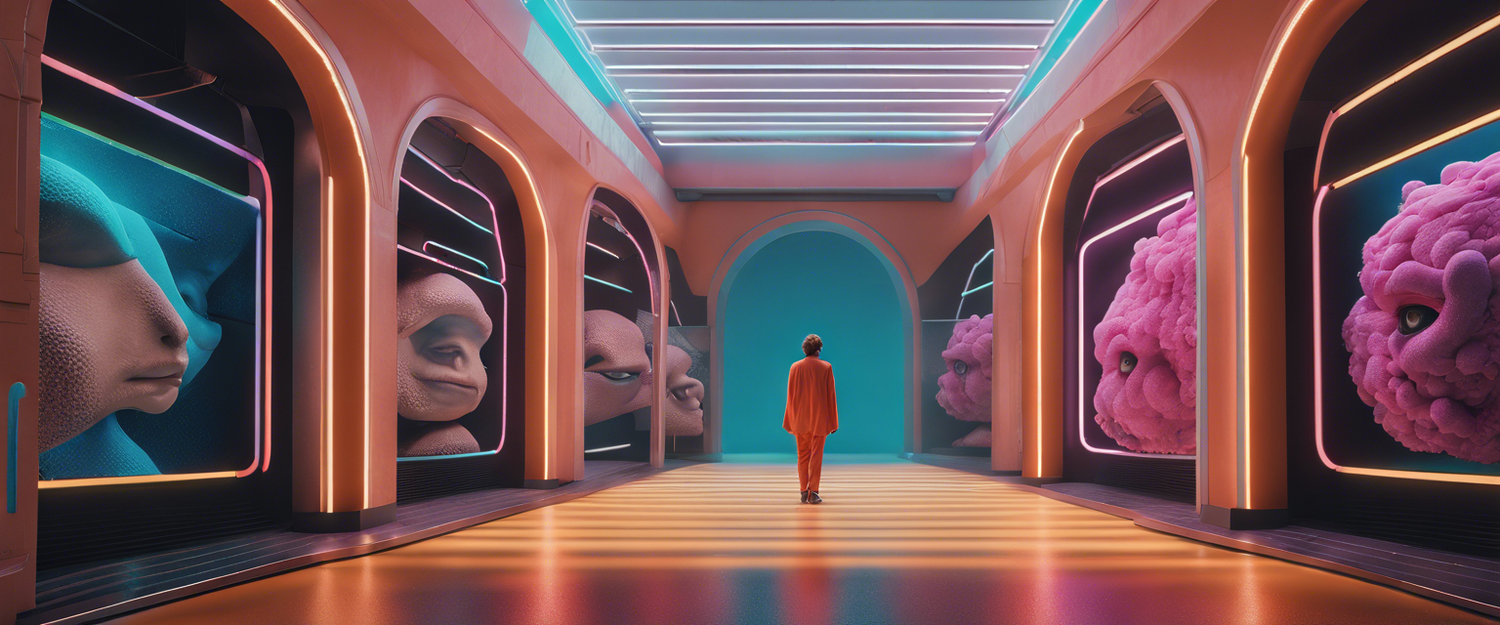OpenAI Unveils Next-Gen Reasoning Models: O3 and O3-Mini
In an exciting development for the AI community, OpenAI has previewed its new frontier reasoning models, O3 and O3-Mini, during the latest Ship-mas event. This announcement highlights OpenAI's commitment to advancing AI technologies that demonstrate enhanced reasoning capabilities.
Skip to O3: Why the O2 Wasn't Launched
Many were eager to learn about the new models, noting that OpenAI has jumped directly to O3, skipping the O2 model. This decision was made to avoid confusion and potential trademark conflicts with the British telecom company, O2. The first reasoning model, named O1 or Strawberry, was launched back in September, setting a strong foundation for O3.
What Does "Reasoning" Mean in AI?
The term "reasoning" has emerged as a buzzword in the AI industry, but what does it actually entail? Essentially, reasoning models are designed to deconstruct complex tasks into smaller, manageable components. This breakdown allows for stronger outcomes and often provides a detailed explanation of the thought process behind the final answer, rather than just presenting an arbitrary response.
O3 Performance Metrics: A Leap Forward
According to OpenAI, the O3 model has performed significantly better than its predecessors across various tasks:
- Surpassed coding test benchmarks (SWE-Bench Verified) by 22.8%.
- Outperformed OpenAI’s Chief Scientist in competitive programming challenges.
- Achieved an impressive 87.7%% on expert-level science problems (GPQA Diamond).
- Solved 25.2%% of the toughest math and reasoning challenges that typically challenge other models, with none surpassing 2%% previously.
Deliberative Alignment: A New Safety Paradigm
Alongside the introduction of O3, OpenAI also shared its latest research on "deliberative alignment." This concept emphasizes a step-by-step reasoning approach for the AI when making safety decisions. Instead of the conventional binary yes/no responses, this new paradigm compels the model to assess whether user requests align with OpenAI's safety policies.
Preliminary tests on the O1 model indicated that this new approach significantly enhances compliance with safety guidelines compared to older models, including GPT-4.
Looking Ahead
While O3 and O3-Mini are not yet available to the public, OpenAI is inviting researchers to apply for early testing. This move suggests that OpenAI is keen to refine these models further before a broader rollout.
As the company continues to push the boundaries of what AI can achieve, the implications for the future of technology and its intersection with human interaction are substantial. Keep an eye out for further updates on the public release of O3 and its capabilities.



Yorum yazın
Tüm yorumlar yayınlanmadan önce incelenir.
Bu site hCaptcha ile korunuyor. Ayrıca bu site için hCaptcha Gizlilik Politikası ve Hizmet Şartları geçerlidir.